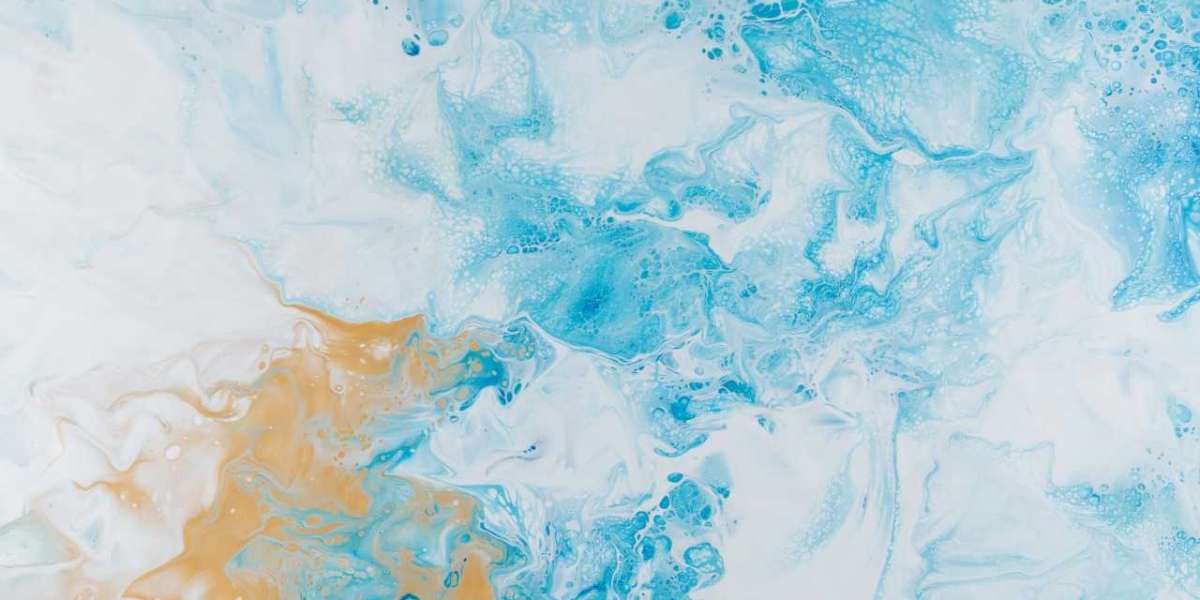Introduction:
In 1977, a monumental event took place in the field of space exploration. The Voyager 2 spacecraft, one of NASA's most ambitious missions, embarked on a journey to explore the outer reaches of our solar system. On July 9th, 1977, Voyager 2 made its closest approach to the giant gas planet Jupiter, marking a significant milestone in our understanding of the solar system and opening the door to breathtaking discoveries.
Details:
The Voyager 2 spacecraft, launched on August 20th, 1977, aimed to conduct a comprehensive study of the four giant planets in our solar system - Jupiter, Saturn, Uranus, and Neptune. After a 13-month journey, Voyager 2 reached Jupiter, the largest planet in our system, positioned approximately 370 million miles (600 million kilometers) away from Earth at the time.
As Voyager 2 drew near, it captured images that revealed the awe-inspiring beauty of Jupiter. Its turbulent atmosphere, riddled with swirling storms and colorful bands, fascinated scientists and the public alike. The spacecraft provided close-up views of Jupiter's iconic Great Red Spot, a massive storm system that has been raging for centuries, measuring about three Earths in diameter.
Furthermore, Voyager 2 made numerous scientific observations during its encounter with Jupiter. The spacecraft's instruments detected lightning storms and electrical discharges in the atmosphere, revealing the planet's violent weather patterns. It also measured the intense magnetic fields surrounding Jupiter, giving us valuable insights into the planet's magnetic environment.
One of the most astonishing discoveries made by Voyager 2 was the presence of active volcanic eruptions on Jupiter's moon, Io. The spacecraft captured remarkable images of enormous plumes of volcanic material shooting hundreds of miles into space, revolutionizing our understanding of moon geology and volcanic activity in our solar system.
Additionally, Voyager 2's encounter with Jupiter allowed scientists to gather crucial data about the planet's composition, atmospheric features, and its intricate system of rings. The spacecraft's findings unveiled a world far more complex and dynamic than anticipated, challenging previous assumptions about the gas giant.
The exploration of Jupiter by Voyager 2 not only provided invaluable scientific knowledge but also captured the imagination of people worldwide. The stunning images and discoveries made during this event sparked a new wave of curiosity and admiration for the wonders of our universe. These findings served as a crucial foundation for future missions, sparking a continued exploration of our outer solar system that continues to this day.








